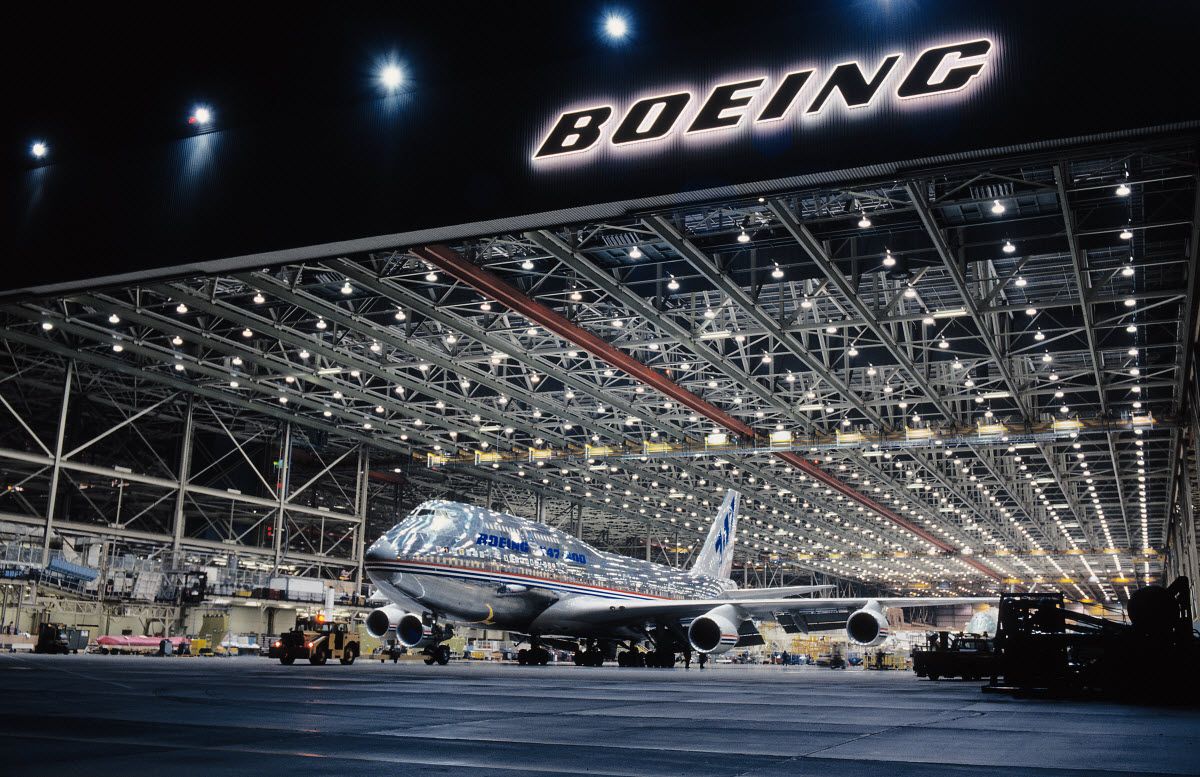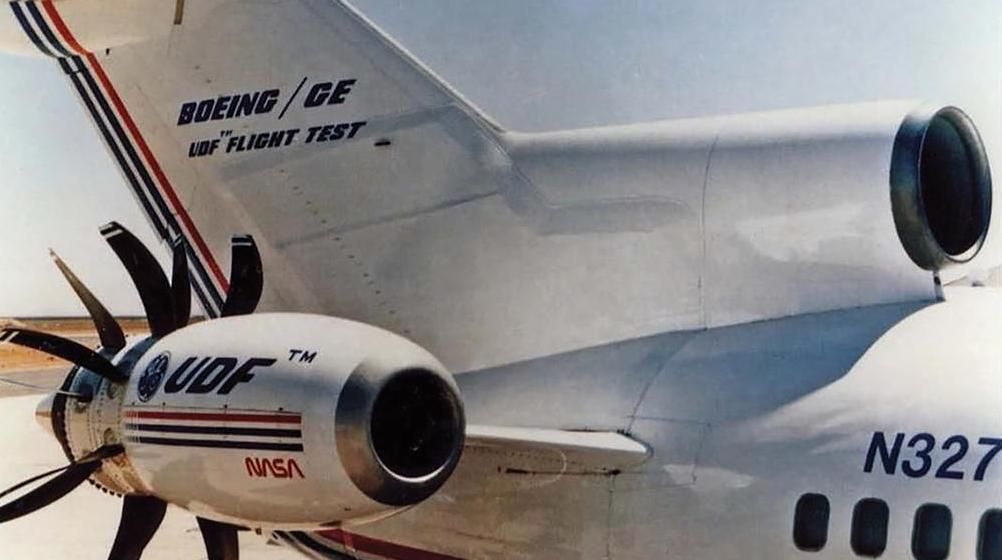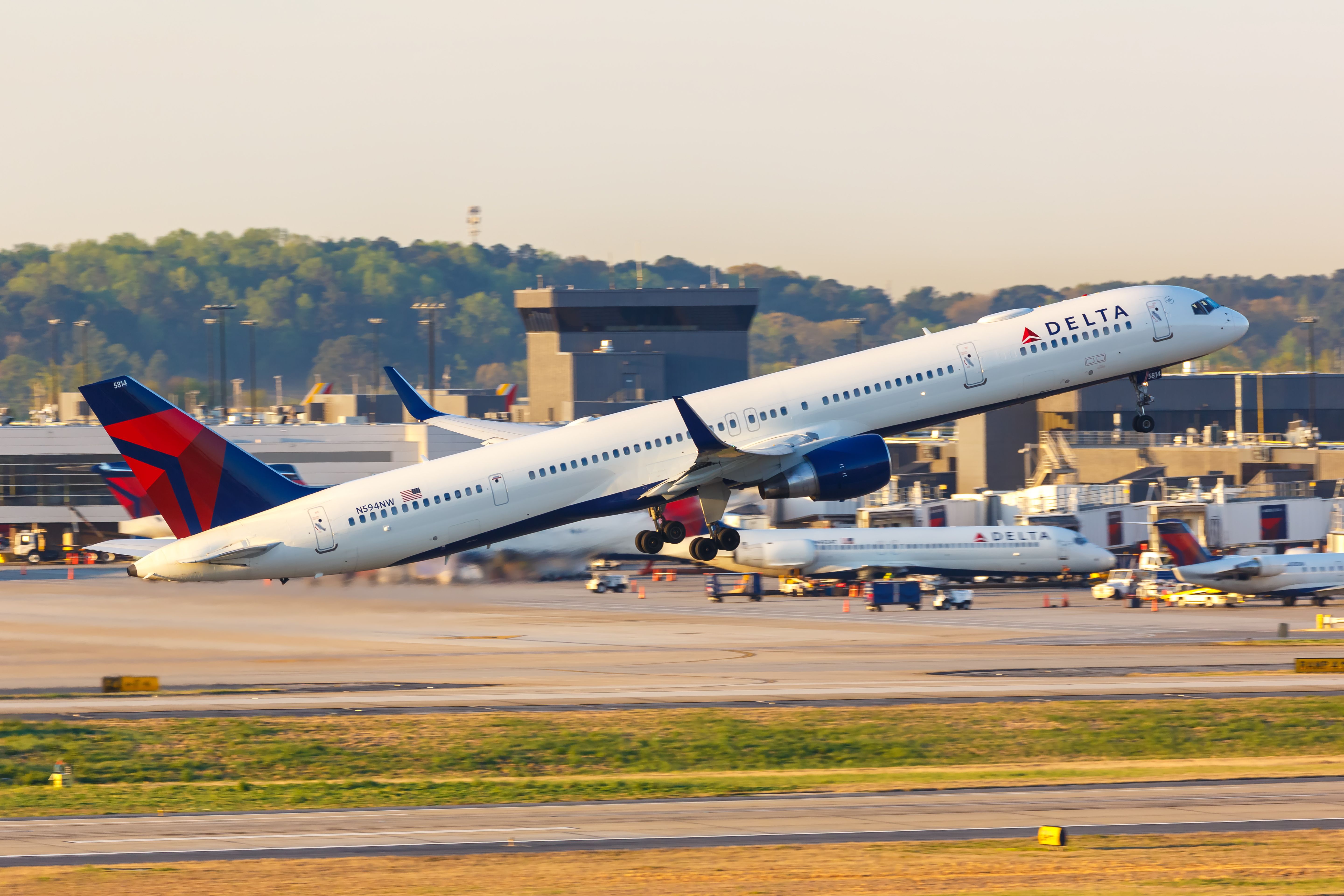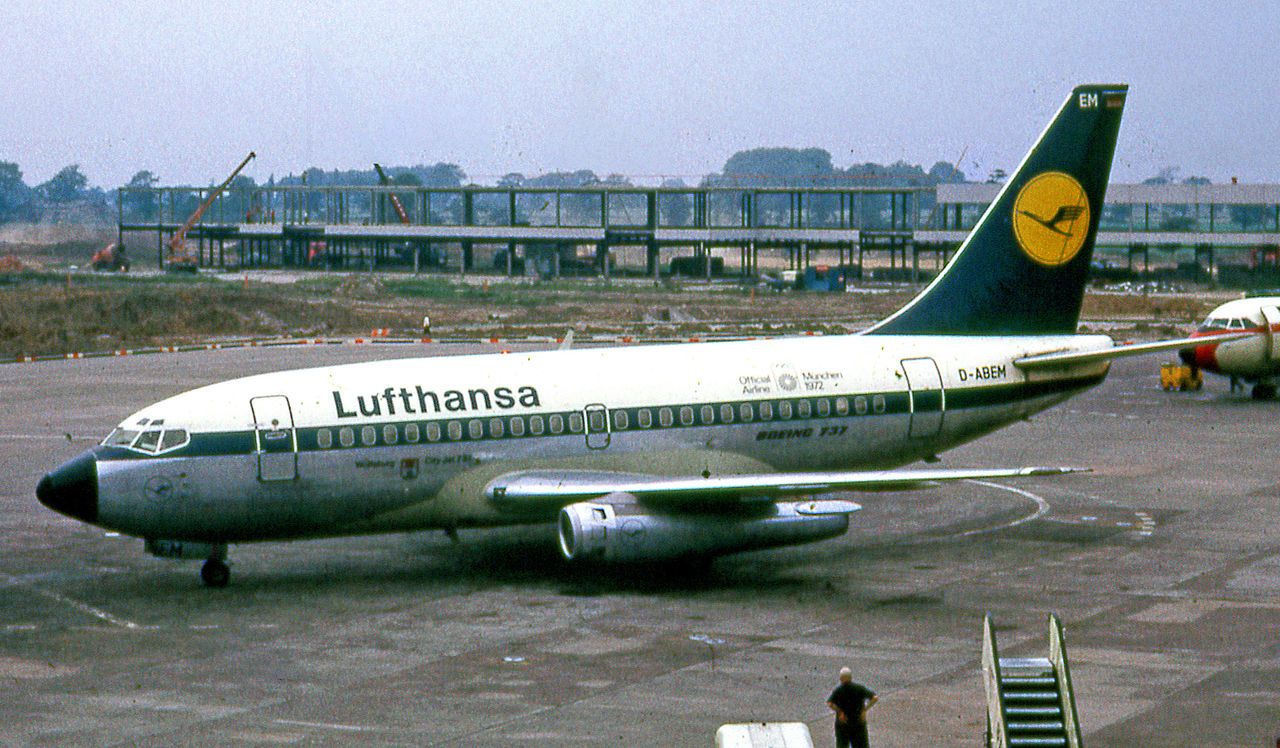Summary
- Boeing’s 7J7 was intended to be a fuel-efficient successor to the 727 but never passed the drawing board.
- The 7J7 design included advanced technology and propfan engines to reduce fuel consumption and increase efficiency.
- Boeing’s indecision over the size and engine selection for the 7J7, as well as the success of the 737, led to the project’s cancelation.
The bizarre-looking propfan-powered Boeing 7J7 is one aircraft that never made it into the skies. A radical new concept that sought to reduce fuel consumption drastically was slated to enter the market as a successor to the Boeing 727 and was supposed to carry up to 150 passengers. The idea emerged late in the 1980s, and the manufacturer sought to have the aircraft flying by 1992.
The manufacturer planned to capitalize on fuel-efficient technology to develop a conventional aircraft with unconventional propulsion. Unfortunately, the idea never made it off the drawing board. In this article, we will take a closer look at this program’s unrealized potential.
The idea of the 7J7
The Boeing 7J7 was the manufacturer’s attempt to replace the Boeing 727. Initially, the 757 had been expected to fill this role, but sales were sluggish then. As airline deregulation began to take hold, it became apparent that not all airlines wanted a larger replacement plane. Instead, they preferred something smaller, more efficient, and able to add frequencies on short routes.
Photo: Markus Mainka | Shutterstock
One of Boeing’s most significant challenges was an emergent gap in its commercial offerings. The 737-100’s capacity topped 118, and the 757 could not carry fewer than 200. If Boeing could find a way to bridge this roughly 80-seat gap in its lineup, sales would surely skyrocket. As a result, the planemaker revealed this unique concept in 1985 at the Paris Air Show.
There was initially a lot of interest in the project, particularly in the US, Europe, and Japan. Notably, the airplane’s name even gave a nod to Japan, having been initially called the 7-7 but changed to the 7J7 to reflect Japanese confidence in the project. According to The Air Current, Boeing started taking orders for the model in 1988 and intended to begin delivering the type in 1992.
The 7J7 design
- Capacity: 147 in standard 2+2+2 seating; 166 in high-density 2+3+2 seating
- Length: 143 ft 11 in (43.87 m)
- Cabin length: 26.72 m (87.7 ft)
- Wingspan: 121[71] ft (37 m)
- Height: 35 ft (11 m)
- Max takeoff weight: 160,400 lb (72,756 kg)
- Powerplant: 2 × General Electric GE36-C25 propfans
- Thrust per engine: 25,000 lbf (110 kN)
Boeing’s concept for the plane that would never fly with commercial airlines came in two flavors. The 7J7-100 would seat 150 passengers, while the smaller 7J7-110 would seat between 100 and 150. According to the Northwest Airlines History Association, it would be equipped with the latest technology, like a glass cockpit, a fly-by-wire flight control system, an integrated avionics suite, and two UDF rear-mounted propfan engines.

Related
Who Actually Owns Boeing?
Various institutional and independent investors own the Boeing company.
A propfan engine is a kind of cross between a turbofan and a turboprop but with unique distinctions from both. With rotors mounted at the rear, the engines can generate additional thrust while taking in significantly less fuel, increasing operational efficiency.
This design was conceived to deliver fuel savings and was expected to be more efficient than any other passenger aircraft. Boeing said that the propfan technology would account for most of the fuel saved but noted that other aerodynamic elements would also help.
Boeing also planned to use aluminum-lithium composites in the plane, which would help reduce weight. Its wings would be made of composite material, but it was also more expensive than the aluminum alloys that most planes had. Additionally, Boeing wanted to use carbon fiber to design other parts of the airplane’s structure.
Why Boeing never built the 7J7
- Maximum speed: Mach 0.83 cruise
- Range: 2,700–2,250 NM (3,110–2,590 mi, 5,000–4,170 km)
So why did Boeing never deliver on its promise for the 7J7? The first signs of trouble came when there were some confusing messages about the engine selection for the aircraft. It became evident that it was planning to offer the smaller aircraft with turbofans but the larger with ducted engines.
Eventually, Boeing canceled plans for the smaller variant, planning to expand its 737 range instead. Boeing’s inability to commit to a single design made investors wary, shaking their support for this relatively ambitious program.
Despite this, Boeing was interested in two major airlines: British Airways and SAS. But before any deals could be signed and sealed, it was announced that the plane’s certification would be later than expected.
Now, it would be 1993 before the plane was expected to be approved, with Boeing citing indecision over the size of the aircraft to be produced initially. BA and SAS wanted a smaller aircraft with around 140 seats, while American Airlines had indicated interest in ordering a version featuring a capacity of 170.
The problem with this was that, at 170 seats, the selected engines could not power a stretch of that size. Enthusiasm for the project began to peter out as Boeing steered American Airlines towards its 757 and began work on larger versions of the 737. Rumor has it that the project was killed off from the inside, as Boeing executives believed the future lay in producing more variants of the 737. Turns out, they were right.
But the 7J7 was an interesting lesson for Boeing. It failed to consult with airlines properly in the planning stages, which it rectified in future aircraft projects. Much of the research and development fed through to future airliners for the US planemaker.
However, Boeing did not come out of this program with nothing. The friends it had made in Japan eventually led to some strong influences on the development of the 787, among the manufacturer’s most successful projects to date.
Would you have flown on the Boeing 7J7? Do you like the 7J7 or 757? Let us know in the comments.



